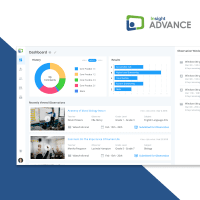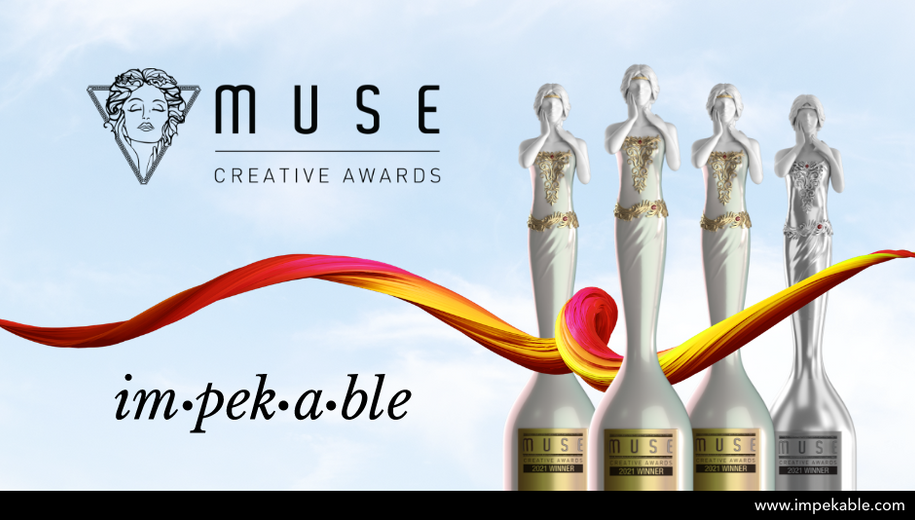
Design is a dynamic realm where creativity knows no limits. As a product designer at a dynamic product development consultancy, I’ve experienced firsthand the delicate balance between subjective creativity and objective effectiveness. The world of design is replete with subjectivity, where personal tastes and preferences often take center stage. Yet, in this blog post, we will explore how we can transform the often elusive world of design into a more objective and client-friendly endeavor.
Design is a canvas where individual tastes, preferences, and perspectives converge, making it inherently subjective. What one person finds visually appealing, another may not. This subjectivity is the double-edged sword of design, allowing us to unleash creativity while leading to debates and disagreements. The intricacy of User Experience Design lies in deciphering the diverse needs and expectations of users, whose backgrounds, abilities, and preferences can vary significantly.

How to avoid subjective feedback
- Understanding the Problem:
-
-
- Before diving into design, take the time to comprehensively understand the problem your design aims to solve. It’s imperative that all stakeholders and team members are aligned on the specific problem statement. Delve into the intricacies of the problem space, exploring nuances, market dynamics, and industry trends. By developing a deep understanding of the context in which your design will operate, you’ll be better equipped to make objective decisions throughout the process.
-
- Setting Clear Objectives:
-
-
- In the dynamic world of technology, it’s crucial to begin by defining clear objectives for your design projects. Whether you’re crafting a mobile app, a website, or a tech gadget, understanding the purpose and goals of your design is crucial. What problems does your product solve, and for whom? Defining these objectives provides a solid foundation for your creative journey and helps keep your design focused on achieving specific outcomes.
-
- Align on Success Metrics:
-
-
- Collaboration with stakeholders should also involve aligning on success metrics. Ensuring that everyone involved in the project has a clear understanding of what defines success and how it will be measured is essential. This alignment fosters objectivity in evaluating the project’s progress and impact.
-
- Evaluate Risks:
-
-
- Assessing the risk associated with the project is another crucial aspect. Identifying potential challenges and uncertainties early on allows you to proactively plan and mitigate them. By addressing these risks, you reduce the likelihood of subjective feedback stemming from unforeseen issues.
-
- User-Centered Design:
-
-
- In product design, prioritizing user experience (UX) is non-negotiable. Embrace user-centered design principles by conducting extensive user research. Dive deep into understanding the needs, preferences, and pain points of your target audience. This data-driven approach ensures that your design decisions are rooted in user feedback and behavior rather than subjective biases.
-
- Focus on Return on Investment (ROI):
-
-
- Designing with ROI in mind is a strategic approach to technology projects. It involves focusing on delivering a solution quickly without compromising the user experience. The initial design may not be perfect or delightful, but it should be functional and serve its purpose effectively. By getting the product built and into the hands of users, you can gather valuable feedback and iterate on it. This approach allows you to assess whether the design meets its objectives and whether further improvements are necessary. It strikes a balance between delivering a solution promptly and refining it based on real-world usage, ultimately enhancing the ROI of your design efforts.
-
- Design Systems and Consistency:
-
-
- Develop comprehensive design systems and style guides tailored to the technology landscape. These guides should outline consistent design elements, including color palettes, typography, and layout principles. By adhering to these guidelines, you create a framework for design decisions that guarantees cohesion and objectivity. Consistency in design not only reinforces your brand identity but also enhances user recognition and usability.
-
- Accessibility and Inclusivity:
-
-
- An objective approach to design involves ensuring that your tech products are accessible by individuals with diverse abilities. Prioritize accessibility features, such as screen readers, keyboard navigation, and alt text for images. Designing with inclusivity in mind not only expands your user base but also aligns with ethical and social responsibilities.
-
- Usability Testing and Iteration:
-
- Objectivity extends to the testing phase. Conduct usability testing with real users to gather concrete data on how your technology performs in the hands of its intended audience. Analyze the results objectively, identify pain points, and iterate your designs based on this feedback. This iterative process ensures that your technology evolves in response to user needs and preferences.
Conclusion
In the world of design, it’s not uncommon for personal opinions and subjective feedback to sway the course of a project. However, as discussed above, we’ve explored a range of principles that allow us to steer clear of this potential pitfall.
By comprehensively understanding the problem space, defining clear objectives, and aligning success metrics with stakeholders, we set the stage for an objective-driven design process. Prioritizing user research, adopting design systems for consistency, and ensuring accessibility further solidify our commitment to data-informed decisions. Additionally, by evaluating risks associated with the project and conducting usability testing, we proactively address potential hurdles.
These strategies create an environment that fosters objective feedback and decision-making throughout the design journey. Ultimately, embracing these principles doesn’t just enhance our design processes; it empowers us to become more successful designers, delivering solutions that resonate with users and stakeholders alike.

Pek Pongpaet
Helping enterprises and startups achieve their goals through product strategy, world-class user experience design, software engineering and app development.
|
-

“Impekable delivered multiple, fantastic options for us… they genuinely cared about the project and our goals.”
Co-founder, JSwipe, acquired by Tinder
Our Case Studies




